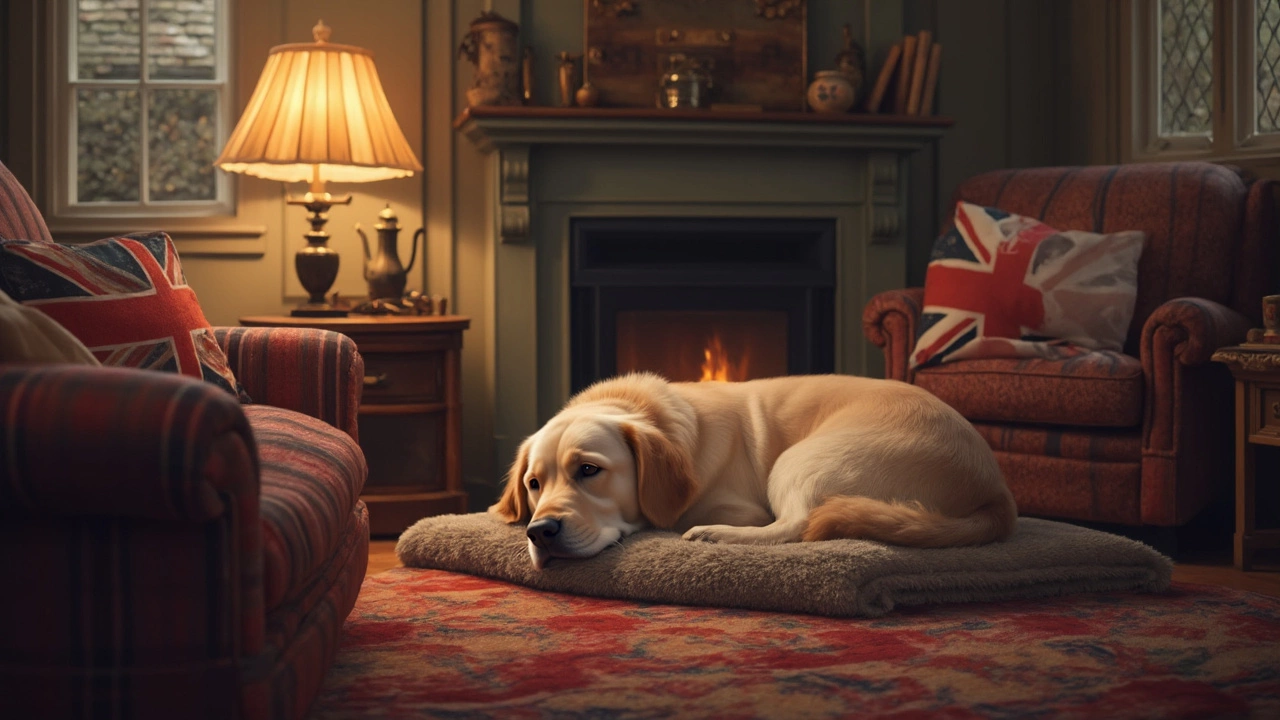Nighttime Care for Dogs: Simple Ways to Make Bedtime Safe and Cozy
When the lights go out, your dog still needs a calm, secure place to rest. Whether you have a puppy in a crate or an older dog that loves a soft bed, a few easy adjustments can turn night into a stress‑free zone.
First things first: think about safety. A crate that’s too hot, too cold, or full of loose objects can cause trouble. A quick check of temperature, ventilation, and the size of the space will tell you if the crate is ready for overnight use.
Crate Covering Basics
Covering a crate can give a pup a den‑like feel, but it’s not a one‑size‑fits‑all solution. If your puppy shivers or gets anxious when the room is quiet, a light, breathable cover works wonders. Choose a cotton or muslin material that lets air flow—avoid heavy blankets that trap heat.
When you first try a cover, watch for signs of overheating: panting, excessive drooling, or a raised body temperature. If any of those appear, remove the cover or switch to a thinner fabric. Most owners find that a cover is best for the first few weeks while the puppy is still getting used to the crate.
For adult dogs that already sleep in a crate, a cover is usually unnecessary. They often prefer an open view of the room, especially if they’re used to sleeping near you. In those cases, focus on a comfortable pad rather than a cover.
Bedtime Comfort Hacks
A blanket inside the crate can add extra cushioning, but safety still matters. Use a single, low‑pile blanket that won’t bunch up or become a choking hazard. If your dog loves to chew, pick a sturdy, chew‑resistant material or a specially designed crate bedding.
Another quick tip: place a familiar scent in the crate. A worn‑out T‑shirt or a small blanket that smells like you can calm an anxious pup. The scent acts like a security blanket, helping your dog settle faster.
Don’t forget the lighting. A dim night‑light near the crate can reduce the fear of total darkness without disturbing your own sleep. If your dog wakes up at night, a soft glow lets them see the way out without a startle.
Finally, establish a bedtime routine. A short walk, a quick bathroom break, and a calm voice cue signal that it’s time to rest. Consistency trains the brain to associate those steps with sleep, making the transition smoother.
Putting these ideas into practice doesn’t have to be complicated. Start with one change—like adding a breathable cover or a low‑pile blanket—and see how your dog reacts. Adjust as needed, and soon your nighttime care routine will feel natural for both of you.
Remember, every dog is different. What works for a nervous puppy may be overkill for a confident adult. Keep an eye on your pet’s behavior, stay flexible, and you’ll find the perfect night‑time setup that keeps your furry friend safe, comfortable, and ready for a good night’s sleep.
- Morgan Ainsworth
- 0 Comments
Should You Take Your Dog's Collar Off at Night?
Wondering if you should remove your dog's collar at night? This article delves into the pros and cons of taking off your dog's collar while they sleep. We explore safety, comfort, and hygiene aspects, offering insights for responsible pet ownership. Learn practical tips on when and why it might be beneficial to let your dog snooze collar-free.
View More
